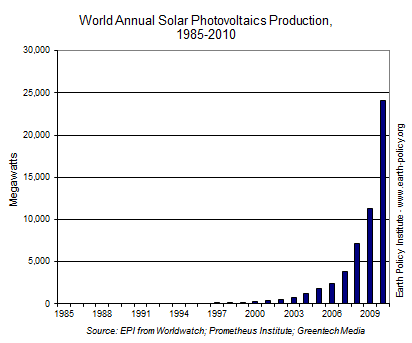ASPO-USA’s conference on Peak Oil, Energy & the Economy will examine the prospect that world oil supply is at or near an upper limit and will decline in the near future. Meanwhile, EIA projections indicate that world oil supply will increase by more than 20 million barrels per day by 2035, with prices rising only moderately.
“Truth in Energy” is the conference theme, calling for EIA to be more transparent and to address the possibility of severe oil constraints openly and directly. ASPO-USA is also calling for the Department of Energy to lead the development of a National Oil Emergency Response Plan to assess the consequences of oil scarcity and extreme price increases on different parts of the economy.
“America is wholly unprepared for a near-term oil supply crisis, let alone persistent oil shortages,” said ASPO-USA Executive Director Jan Mueller. “ASPO-USA delivered a letter to Secretary Chu last week urging his response to important questions that we believe DOE and EIA have failed to address.” More









